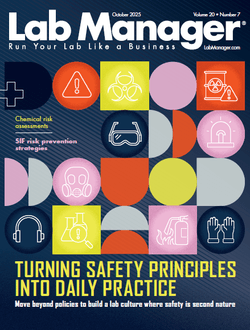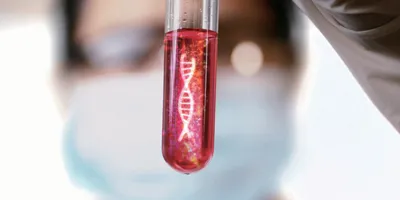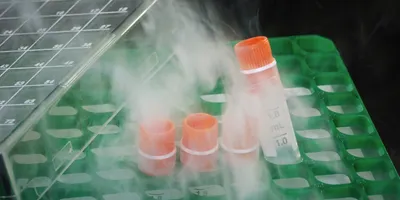From the spray-on variety to the small sheets of laboratory-grown skin used in burns treatment, the quest to recreate the body's largest organ has made big strides in the 20th century.
But research being carried out by the Sydney Burns Foundation is advancing towards the holy grail of burns surgery - the development of a living, fully functioning, full-thickness, three-dimensional replacement skin.
"Burns injury is one of the most severe and disabling traumas a person can sustain," said Professor Peter Maitz (pictured on home page), recently appointed to Australia's first chair in Burn Injury and Reconstructive Surgery at Sydney Medical School.
"While modern burn and intensive care treatment has saved many lives, there is still a widening gap between achieving survival and real quality of life after a severe burn injury."
The Sydney Burns Foundation was established in 2009 by Sydney Medical School at the University of Sydney in collaboration with the highly regarded Concord Hospital Burns Unit. The aim of the Foundation is to raise funds in support of research, education and scholarship in the field of burns medicine and reconstructive surgery.
These funds will enable scientists at Concord Hospital's Skin Laboratory to intensify its research into tissue engineering cell culture and bio-chemistry including bio scaffolds. The Sydney Burns Foundation's ultimate goal is to produce full-thickness, living skin, which can be transplanted to burns survivors.
Depending on their depth and severity, burn injuries are covered by skin grafts, either full-thickness or partial thickness. That skin is usually harvested from an undamaged site on the victim's body. Sometimes a biopsy of skin is taken from the patient to culture sheets of their skin in the laboratory.
But laboratories can grow only the epidermis - the top-layer of skin - which contains very few of the organ's vital functions so important to the rest of the body. When intense heat destroys the deeper layer - the dermis - it also destroys tissue containing nerves, blood vessels, sweat glands and hair follicles.
To date, modern medicine has no way of recreating the structures that would restore the skin's many functions, which include temperature control, perspiration, sensations of touch, pleasure and pain, as well as blood flow.
Currently, either full-thickness grafts are taken from the patient's own body or a synthetic scaffold that mimic certain properties of the dermis is used.
Professor Maitz says extensive bench-top testing is underway to establish base data for in vivo testing in the near future. Researchers are also collaborating with several groups around the world.
"Australia has achieved worldwide acknowledgement for the treatment of severe burns not only after the Bali bombing, but also because of our excellent outcome data," Prof. Maitz said.
The Sydney Burns Foundation is chaired by Concord Hospital burns surgeon, Associate Professor Peter Haertsch.
"While the traditional autologous skin grafting technique remains the standard method for burn wound management, the lack of available donor sites is a major issue in treating patients with large and severe burn injuries," Assoc. Prof. Haertsch said.
"We're hoping this new method of treating burns victims would promote healing and reduce scarring and contractures which would ultimately lead to earlier and better recovery for burns patients."
Source: domain-b.com
From the spray-on variety to the small sheets of laboratory-grown skin used in burns treatment, the quest to recreate the body's largest organ has made big strides in the 20th century.
But research being carried out by the Sydney Burns Foundation is advancing towards the holy grail of burns surgery - the development of a living, fully functioning, full-thickness, three-dimensional replacement skin.
"Burns injury is one of the most severe and disabling traumas a person can sustain," said Professor Peter Maitz (pictured on home page), recently appointed to Australia's first chair in Burn Injury and Reconstructive Surgery at Sydney Medical School.
To continue reading this article, sign up for FREE to

Membership is FREE and provides you with instant access to eNewsletters, digital publications, article archives, and more.











